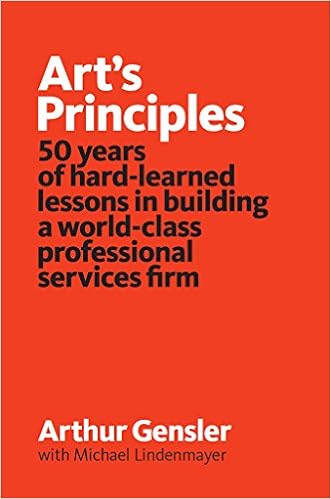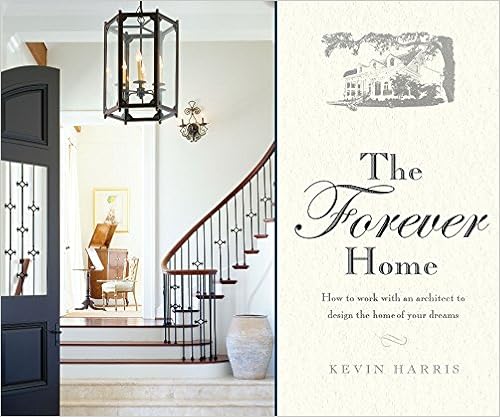For a solopreneur, remote communication is key.
OK, so first off, clearly I missed my intention to post last week. Please accept my apologies – I was busy and got focused on other tasks, and did not treat this one with the dedication I had hoped for. I also got a little overwhelmed by my own
topic, and realized I will have to break down tools into a few posts, probably
more spread out over time.
One task that I have been working on is getting my new website
formatted and set up. It is taking a lot
longer than I hoped, and I am looking forward to getting it all done.
One big reason for that?
Well, it is how I communicate what I do to the outside world when I
cannot talk face to face with someone.
And frankly, what I have left up on the web the past year is (at best)
not doing me any favors, or (at worst) hurting me.
Which brings me to this week’s topic – communication and staying connected. Now, a few folks have written a lot more than
I on what apps or software they use, and why.
And I have tried a bunch. And I
will likely update this as time goes on, because what was great a few years ago
is sadly out of date today. I want to
give you my take on what is necessary, and what I like or don’t like.
So, to start, of course, we need all the basics: a phone, email, a
chat program, and preferably a web preference.
To me, as a business person, those are essential for just getting
through the day. It doesn’t matter what brand, version, etc. What matters is that it works, it is
compatible with your other systems (and hopefully customers’ systems), and that
you are familiar and comfortable with it.
Especially if you are starting out, or trying to keep expenses low,
there is no need to spend money on things that you do not need.
So, phone. Pretty basic,
yes.
Maybe (probably) you start with a
smart phone these days. Maybe, though, you don’t
want to share that number with everyone.
So you look for alternates. There
are a few good options to consider: Google Voice is one I have used, and it is
pretty good, as long as you have wi-fi.
The transcriptions that they send (which is a huge bonus), are getting
better, but are still laughable. Don’t
trust the text, listen to the message!
Other services include Grasshopper, which I tested, and they have
several pricing options. I like it, but
it is not for me yet. Or, you can add a
second number to your phone, which is a great option (such as the Line2 app).
What about the ‘water cooler chats’ – that informal stopping by
someone’s desk that makes you feel connected, and that you have colleagues?
That is the part, as I said in the last post,
that is hard to do without. For my
taste, this is a chat program of some sort.
Twitter works well, but I find that I get distracted by it, so it is not
my prime choice. I tend to use Google
Hangouts (used to be Chat, and some others).
It is easy, it can be used on the computer or your phone, its free, you
can save or email a transcript. Love it
all. If you are a mac user, iMessage has
you covered already. I know some people
have ramped up to using Slack, which looks intriguing, but again is more that I
need right now.
For actual meetings or conference calls: the big ones have been
GoTo Meeting, Cisco’s Webex, Google Hangouts, and Skype. Now, other than Google, these all have free
options and paid or pro options. The
knock I have against Webex or GoTo Meeting is that they seem to take a large
amount of bandwidth and memory when they run – mostly (I think) because they
can be very robust and have services that the typical meeting does not tap
into. And you are remoting into a
server.
For my money, if it is a team conference call, I am using Google
Hangouts – it is free, easy, and understandable. If it is a little more formal, though, I am
heading straight to Skype for Business (formerly Lync). Here’s why – I used Lync when I was in a
larger company, and Microsoft rolled it out.
It integrates with outlook, you could video chat or type chat, and you
could remotely control someone’s desktop!
Now that it has become Skype for Business, there are some different
pricing plans. If you are a business
owner with Office 365, it is probably included.
Anyway, the mid-tier plan brings in the ability to remotely control
someone else’s desktop, you have chat, audio and video conferencing, and file
sharing directly in the chat. You also
have ‘the whiteboard’. You can look up
more here: https://products.office.com/en-US/skype-for-business/compare-plans . I am not being compensated, by the way, just
a happy user. I’ll return to this, and
share how I have used this to share redlines, show someone remotely how to do
something, and create and save/distribute notes on the whiteboard in a future
post.
So, for now, that is it: phone, chat, and meeting hosting. With those tools, you can have pretty
effective meetings, redlines, chats, and conversations – even face to face.
All my best
all photos from adobe stock, and are licensed























